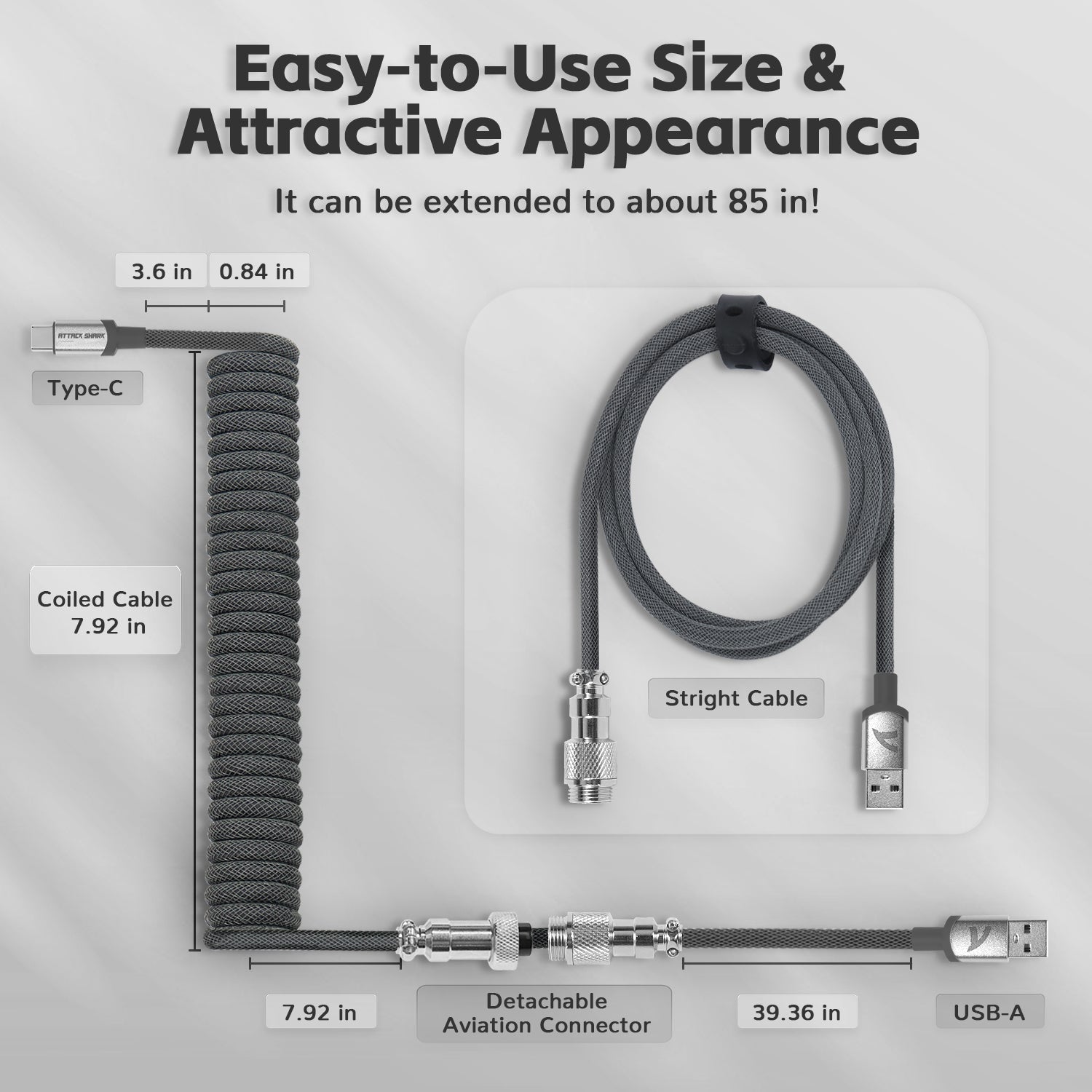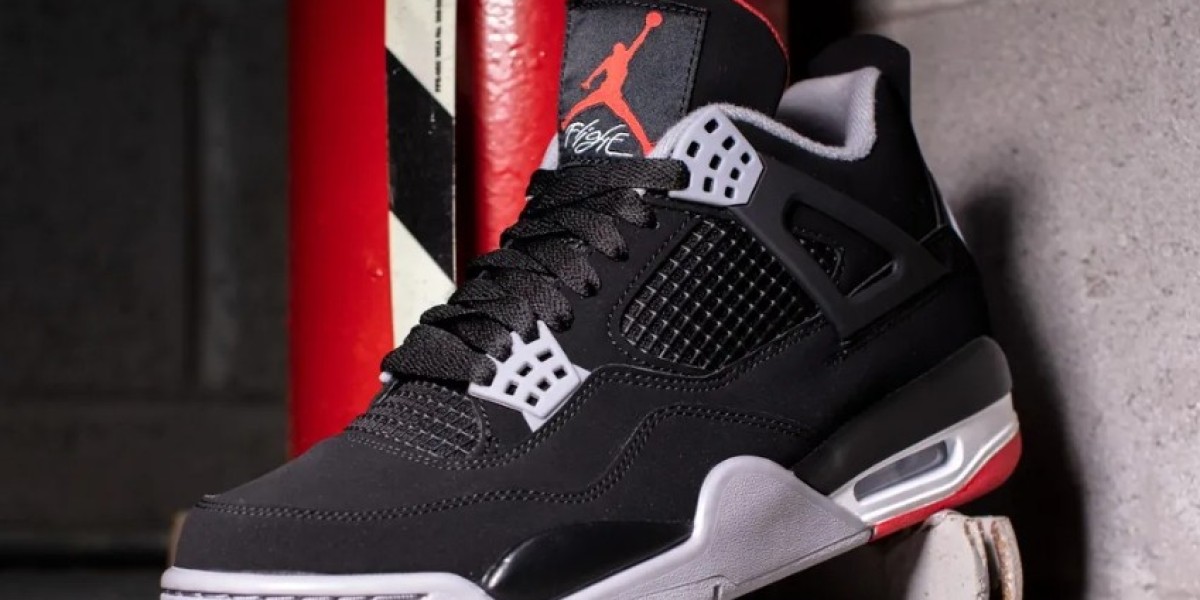How to Choose the Perfect Wrist Rest for Your Typing Needs
From its origins to its current state, it has evolved significantly keyboard accessories.In the digital age, where typing has become an integral part of our daily lives, the importance of ergonomic accessories cannot be overstated. One such accessory that can significantly enhance your typing experience is a wrist rest. But how do you choose the perfect wrist rest for your typing needs? This guide will walk you through the essential factors to consider, ensuring you make an informed decision.

Understanding the Importance of a Wrist Rest
Before diving into the specifics of selecting a wrist rest, it's crucial to understand why you need one. A wrist rest provides support to your wrists, reducing strain and preventing repetitive strain injuries (RSIs) such as carpal tunnel syndrome. By maintaining a neutral wrist position, a wrist rest can enhance comfort and productivity, making it an indispensable accessory for avid typists and gamers alike.
Material Matters: Choosing the Right Composition
Wrist rests come in various materials, each offering distinct benefits. The most common materials include memory foam, gel, and silicone. Memory foam wrist rests conform to the shape of your wrist, providing personalized support and comfort. Gel wrist rests offer a cooling effect, which can be particularly beneficial during long typing sessions. Silicone wrist rests are durable and easy to clean, making them a practical choice for many users. Consider your personal preferences and typing habits when selecting the material that best suits your needs.
Size and Shape: Finding the Perfect Fit
The size and shape of a wrist rest are critical factors to consider. A wrist rest that is too small may not provide adequate support, while one that is too large can be cumbersome. Measure the width of your keyboard and choose a wrist rest that aligns with it. Additionally, consider the height of the wrist rest. It should be level with your keyboard to maintain a neutral wrist position. Some wrist rests are contoured to fit the natural curve of your wrist, offering enhanced comfort and support.
Firmness and Support: Balancing Comfort and Stability
The firmness of a wrist rest can significantly impact its effectiveness. A wrist rest that is too soft may not provide sufficient support, while one that is too firm can be uncomfortable. Look for a wrist rest that strikes a balance between comfort and stability. It should be firm enough to support your wrists but soft enough to cushion them. Testing different wrist rests can help you determine the level of firmness that works best for you.
Additional Features: Enhancing Your Typing Experience
Some wrist rests come with additional features that can further enhance your typing experience. For instance, some models include a non-slip base to keep the wrist rest in place, preventing it from sliding around during use. Others may have antimicrobial properties to keep your workspace clean and hygienic. Consider these extra features when choosing a wrist rest to ensure it meets all your needs.
Conclusion: Making an Informed Decision
Choosing the perfect wrist rest for your typing needs involves considering several factors, including material, size, shape, firmness, and additional features. By understanding the importance of a wrist rest and evaluating these factors, you can make an informed decision that enhances your comfort and productivity. Remember, the right wrist rest can make a significant difference in your typing experience, so take the time to choose one that best suits your needs.
Investing in a quality wrist rest is a step towards a more ergonomic and comfortable typing setup. Whether you're a professional typist, a gamer, or someone who spends long hours at the computer, the right wrist rest can provide the support you need to maintain a healthy and productive workflow.








